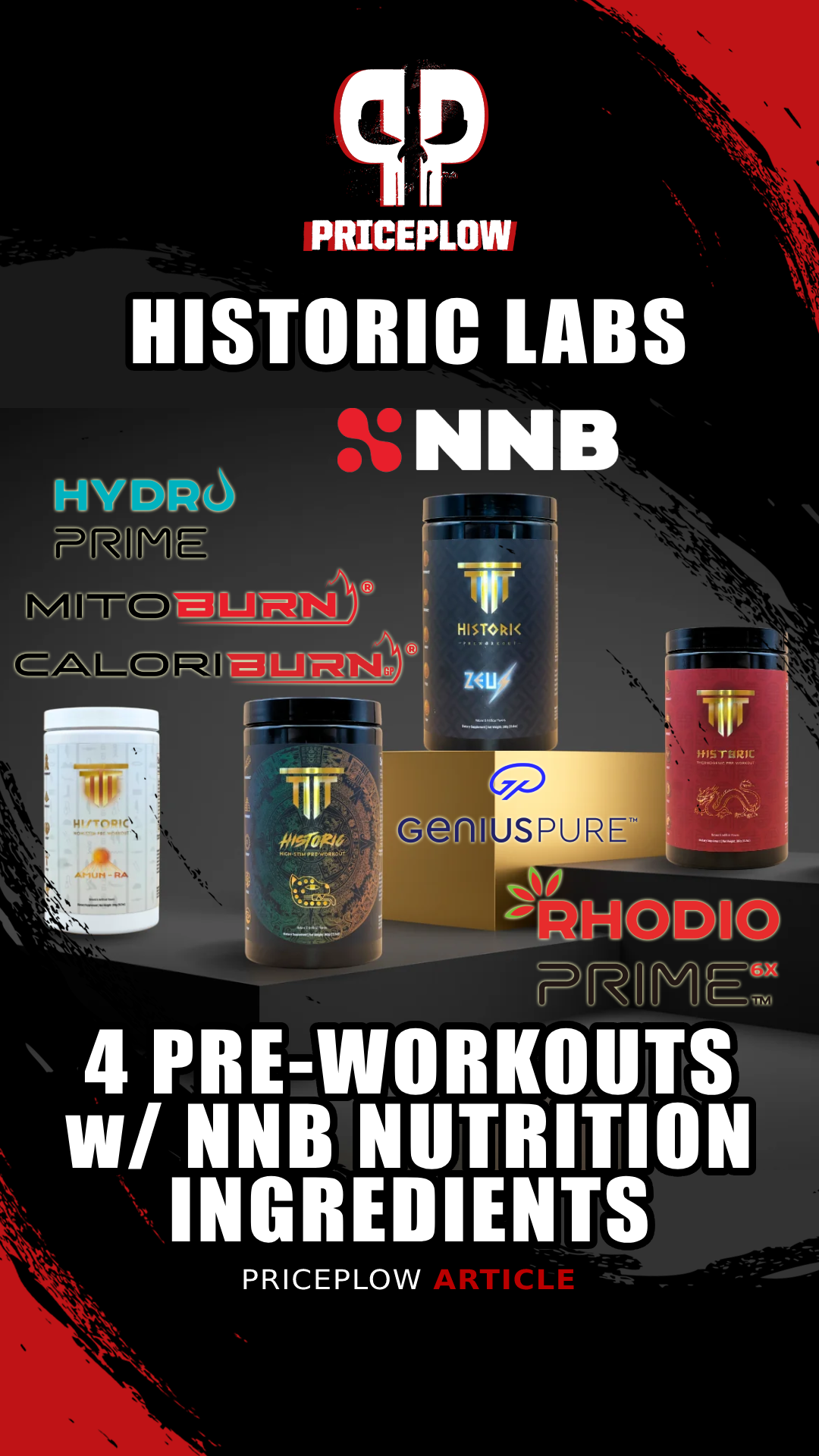
Historic Labs has just launched Four Pre-workouts — Zeus, Amun-Ra Non-Stim, Thermogenic, and High-Stim. With innovative ingredients from NNB Nutrition like HydroPrime, GeniusPure, Salidroside, and the powerful MitoBurn & CaloriBurn combo.
It's always exciting when a promising new brand is born - especially when they bring intelligence and innovation to the table. Historic Labs is a new player in town, and they've already taken some major steps in the right direction. To start, their branding is unique, and has a fresh new spin to it. But their product selection is also unique.
Normally, when new brands enter the sports and active nutrition space, they kick things off with a pre-workout supplement. That's the story here with Historic Labs, but what's different is that they're bringing us four pre-workout supplements!
Historic Labs Launches with Four Pre-Workout Supplements
Each of their four pre-workout products hits a different sub-niche of the category, and features branding and bottle art centered around a historic region or empire:
- Zeus, their original pre-workout, features Greece
- Amun-Ra Non-Stim features Egyptian lore
- Thermogenic, a fat-burning pre-workout formula, harkens to China
- High-Stim offering calls to mind the Mayans
Altogether, quite stylish. What really separates Historic apart from the pack, though, is their heavy usage of extremely promising ingredients from NNB Nutrition.
Historic Labs + NNB Nutrition: A Full Line with GeniusPure, HydroPrime, and More
We've been covering NNB Nutrition for a while. As an ingredient manufacturer, their name may not be as familiar as consumer brands, but within the industry, everyone knows their novel creations. In the Historic Labs series of pre-workouts, we're treated to some of their stabilized ingredients in HydroPrime and GeniusPure, along with their novel metabolic agent in MitoBurn. NNB is virtually unparalleled in their ability to bring novel ingredients to market.
All four of Historic's pre-workout products heavily feature NNB ingredients, so this provides an excellent opportunity to run through each of them.
We're going to dive into a little summary on how each NNB ingredient in Historic's products work, but first, let's check PricePlow for good Historic deals:
Historic Labs – Deals and Price Drop Alerts
Get Price Alerts
No spam, no scams.
Disclosure: PricePlow relies on pricing from stores with which we have a business relationship. We work hard to keep pricing current, but you may find a better offer.
Posts are sponsored in part by the retailers and/or brands listed on this page.
This area is reserved for Team PricePlow's upcoming videos.
Subscribe to our channel and sign up for notifications so you catch it when it goes live!
Historic Labs Pre-Workout Offerings
Below we provide each product's formula, and then offer a few key points and "Easter eggs" you may see on each tub.
-
Historic Amun-Ra Non-Stim Pre-Workout
For those who aren't interested in that caffeine-induced "stim feeling", Historic has a stim-free pre-workout with HydroPrime, GeniusPure, and more:
-
L-Citrulline Malate 2:1 (6000mg)
-
BetaPure Betaine Anhydrous (2500mg)
-
HydroPrime Glycerol Powder (2000mg)*
-
Nitrosigine (1500mg)
-
Lion's Mane Mushroom Fruit Extract (600mg)
-
GeniusPure Alpha-GPC 90% (350mg)*
-
Senactiv (100mg)
-
AstraGin (50mg)
*Denotes an NNB Nutrition ingredient, to be covered below.
The significance of the icons
Steven Barrios, the founder of Historic Labs who's also a competitive bodybuilder and United States Marine Corps veteran, gave us some tips regarding the images. Look closer at the label's side, and you'll see five icons that represent the pre-workout's attributes:
- Performance: The sphinx represents strength and wisdom
- Endurance: The pyramid has stood the test of time over thousands of years
- Energy: The scarab represents renewal and has a relation to the sun which gives energy
- Focus: The Ankh represents clarity and balance between the mind and body
- Pump: The camel can store a lot of water over distances which correlates to long workouts
There's more, too. Read on:
-
-
Historic Zeus Pre-Workout
Historic's Zeus formula can be considered its "default" pre-workout, featuring 250mg of caffeine and RhodioPrime 6x from NNB.
-
L-Citrulline Malate 2:1 (6000mg)
-
BetaPure Betaine Anhydrous (2500mg)
-
HydroPrime Glycerol Powder (2500mg)*
-
Lion's Mane Mushroom Fruit Extract (600mg)
-
Agmatine Sulfate (500mg)
-
GeniusPure Alpha-GPC 90% (350mg)*
-
RhodioPrime 6X (300mg)*
-
Caffeine Anhydrous (250mg)
-
AstraGin (50mg)
-
Senactiv (50mg)
-
-
Historic Thermogenic Pre-Workout
Adding some fat burning power to the mix, Historic's Thermogenic Pre-Workout includes a decent dose of caffeine in addition to Mito-Burn and CaloriBurn, two fat-burning ingredients from NNB Nutrition.
-
L-Citrulline Malate 2:1 (6000mg)
-
BetaPure Betaine Anhydrous (2500mg)
-
HydroPrime Glycerol Powder (2500mg)*
-
Lion's Mane Mushroom Fruit Extract (600mg)
-
Agmatine Sulfate (500mg)
-
MitoBurn (500mg)*
-
GeniusPure Alpha-GPC 90% (350mg)*
-
RhodioPrime 6x (300mg)*
-
Caffeine Anhydrous (200mg)
-
zumXR (100mg)
-
AstraGin (50mg)
-
CaloriBurn GP (40mg)*
-
-
Historic High-Stim Pre-Workout
For those looking for a big boost, Historic's High Stim Pre-Workout contains many of the same ingredients as the other formulas, but with 350mg of caffeine anhydrous and 100mg of zumXR extended release caffeine, which yields another ~70mg caffeine -- leading to an action-packed 420 milligrams of total caffeine.
-
L-Citrulline Malate 2:1 (6000mg)
-
CarnoSyn Beta-Alanine (3200mg)
-
HydroPrime Glycerol Powder (2000mg)*
-
Lion's Mane Mushroom Fruit Extract (600mg)
-
Caffeine Anhydrous (350mg)
-
GeniusPure Alpha-GPC 90% (350mg)*
-
RhodioPrime 6X (300mg)*
-
zumXR (100mg)
-
AstraGin (50mg)
-
NNB Nutrition Ingredient Showcase
-
HydroPrime (65% glycerol powder)
More Pumps, Less Clumps. After too much clumping and grit from the competition, NNB Nutrition's HydroPrime is ready for primetime.
HydroPrime is a solution to the long-standing issue of glycerol supplementation in the fitness industry. Glycerol is known for its ability to enhance hydration, muscular pumps, and endurance, but it has been notorious for clumping and becoming unusable when exposed to moisture. HydroPrime offers all the benefits of glycerol without the drawbacks, revolutionizing its use in supplements.
The benefits of glycerol supplementation include improved hydration, enhanced thermoregulation, increased muscular endurance, improved cardiovascular efficiency, and better muscular pumps. Research suggests that glycerol can induce a state of hyperhydration,[1,2] allowing athletes to retain more water, perform at higher levels for longer periods,[3] and better regulate their body temperature during exercise.[4]
Notably, glycerol's mechanism of action differs from typical pump-inducing supplements that focus on increasing nitric oxide production. Instead, glycerol creates a "water-based pump" by attracting water to the muscles.
For the full rundown on HydroPrime, check out our article titled "HydroPrime: Glycerol With More Pumps and Less Clumps".
-
GeniusPure Alpha-GPC 90%
Alpha-GPC is a choline-based supplement known for its ability to enhance acetylcholine levels, which can improve cognitive functions like learning and memory.[5,6] Research also indicates that alpha-GPC has ergogenic benefits, such as boosting strength, power, and possibly even growth hormone and thyroid levels.[7,8]
However, alpha-GPC presents challenges for supplement formulators due to its hygroscopic nature, which causes it to absorb moisture from the air, leading to clumping and stability issues. This problem is similar to what was previously observed with glycerol, as discussed above. Traditionally, companies had to use 50% alpha-GPC formulations, with the ingredient bound and mixed with anti-clumping agents. This yield was simply too low for the industry's liking, and NNB did something about it.
NNB Nutrition is proud to announce GeniusPure Alpha-GPC, which is patent-pending stabilized alpha-GPC at 70% or 90%!
As with HydroPrime, NNB Nutrition applied a similar approach to alpha-GPC with their trademarked GeniusPure ingredient, designed to be more hygroscopically stable even at an incredible 90% yield! This advancement reduces the need for additional stabilizing agents that typically lower the actual alpha-GPC content in supplements and increases the ingredient's shelf stability, making it more efficient and reliable for consumers and manufacturers alike.
It should be noted that the dose of GeniusPure used by Historic Labs in all four formulas is 350mg, which has shown an over 100% improvement in focus from a single dose -- research is coming from NNB Nutrition demonstrating this.
For more information on GeniusPure, check out our article titled "GeniusPure Alpha-GPC: Stable Alpha-GPC 70% and 90% from NNB Nutrition". After GeniusPure launched, NNB Nutrition took the technology and launched additional stable ingredients in their FlowTech series.
-
MitoBurn & CaloriBurn Combo
WAT to BAT: How to Boost Thermogenic Brown Adipose Tissue with Diet, Exercise, and Supplements like NNB Nutrition's MitoBurn and CaloriBurn GP (and others)
MitoBurn is a novel ingredient based on L-BAIBA (β-Aminoisobutyric Acid), a non-protein amino acid classified as a myokine. L-BAIBA is naturally produced in the body during exercise through the breakdown of valine, an essential branched-chain amino acid. Research, primarily conducted on animal models, suggests that L-BAIBA supplementation may offer numerous health benefits:
BAIBA has been shown to increase fatty acid oxidation in the liver,[9] targeting harmful visceral fat, and enhance the conversion of white adipose tissue (WAT) to more metabolically active brown or beige adipose tissue (BAT), which promotes fat burning through thermogenesis.[10] Additionally, BAIBA has been shown to increase ketone body production,[11] improve insulin sensitivity, and regulate blood glucose levels,[12,13] making it a promising compound for managing weight and preventing metabolic diseases.
Beyond its metabolic benefits, BAIBA may also play a role in preventing muscle and bone loss, particularly in conditions like osteoporosis and sarcopenia,[13,14] which are common with aging. Research suggests that BAIBA can protect against the loss of bone mass and muscle atrophy by preventing the breakdown of mitochondria and reducing oxidative stress.[14] Furthermore, BAIBA has shown potential in protecting against renal fibrosis, a condition associated with kidney disease, by inhibiting the formation of excess connective tissue.[15]
That's just the beginning, however. The stack is amplified with CaloriBurn GP, a patented extract from the grains of paradise plant (a relative of ginger). This supplement is standardized to contain 12.5% 6-paradol, an active compound known for its potential to improve fat composition by increasing metabolic rate and reducing visceral fat, the latter of which is closely linked to metabolic conditions like insulin resistance and diabetes.[16-18]
CaloriBurn GP not only contains 6-paradol but also includes other active constituents like 6-gingerol and 6-shogaol, which may further enhance its effects. These compounds activate TRPV1, a receptor that plays a role in metabolism.[19,20] Moreover, by converting WAT to BAT, CaloriBurn promotes mitochondrial biogenesis.[21] This process increases the number of mitochondria and the activity of uncoupling protein 1 (UCP1), which burns calories and improves metabolic health without increasing physical activity.[22]
NNB is planning on launching a new human clinical trial to study the usage of MitoBurn and CaloriBurn together which should offer some exciting insights. This is exciting, as we've covered the synergistic effects in our article titled "WAT to BAT: A High-Metabolism Guide to Brown and White Fat".
-
High-Salidroside Content!
Two new studies on salidroside in Rhodiola have been published in 2023: Improved gut health and hormesis for longevity and neuroprotection
Salidroside acts as a true adaptogen, helping to regulate the mTOR pathway,[23-25] which plays a crucial role in cellular growth and repair.[26,27] Research indicates that salidroside can either stimulate or suppress mTOR activity depending on the body's needs, making it beneficial for muscle growth while also potentially aiding in the treatment of conditions like cancer and neurodegenerative diseases by promoting the death of harmful cells.[28]
Beyond its effects on the mTOR pathway, salidroside also impacts neurological health, particularly through its influence on neurotransmitters and neuropeptides. It inhibits enzymes like monoamine oxidase (MAO),[29] which degrade key neurotransmitters such as dopamine and serotonin, thereby enhancing mood, reducing stress, and improving cognitive function.[30-35] Additionally, salidroside has been found to increase the activity of neuropeptide Y (NPY),[36] which plays a role in regulating stress responses, appetite, and cardiovascular function,[37,38] further underscoring its potential as a stress-relieving supplement.
Recent research has also highlighted salidroside's potential benefits for gut health.[39] In studies involving mice, salidroside was shown to reverse metabolic dysfunction caused by a high-fat diet,[39] and fecal transplants from salidroside-treated mice improved gut health in other mice.
This first run of products from Historic will have RhodioPrime 6X, with subsequent runs featuring SalidroPure, a new salidroside-centric ingredient from NNB. Stay tuned for more information by signing up for our NNB Nutrition news alerts.
The Hieroglyph Easter Egg
One last incredible thing about each tub: The hieroglyphs on the bottle provide a translation of the following quote:
"History does not always repeat itself, but it sometimes rhymes."
This is an intelligent brand, and we love that they play right into it, with hidden gems like this.
Historic Labs, Powered by NNB
It's hard for new brands to separate themselves from the pack. They need to stake out an edge and stick to it – whether that be label design, flavoring, or formulation.
Historic decided to go big and target all three areas - and they did it with four pre-workout supplements as opposed to the usual one or two. They have a unique branding theme, backed by impeccable formulation with NNB ingredients, and some killer flavors to boot. That's certainly a recipe for success.
Historic Labs – Deals and Price Drop Alerts
Get Price Alerts
No spam, no scams.
Disclosure: PricePlow relies on pricing from stores with which we have a business relationship. We work hard to keep pricing current, but you may find a better offer.
Posts are sponsored in part by the retailers and/or brands listed on this page.

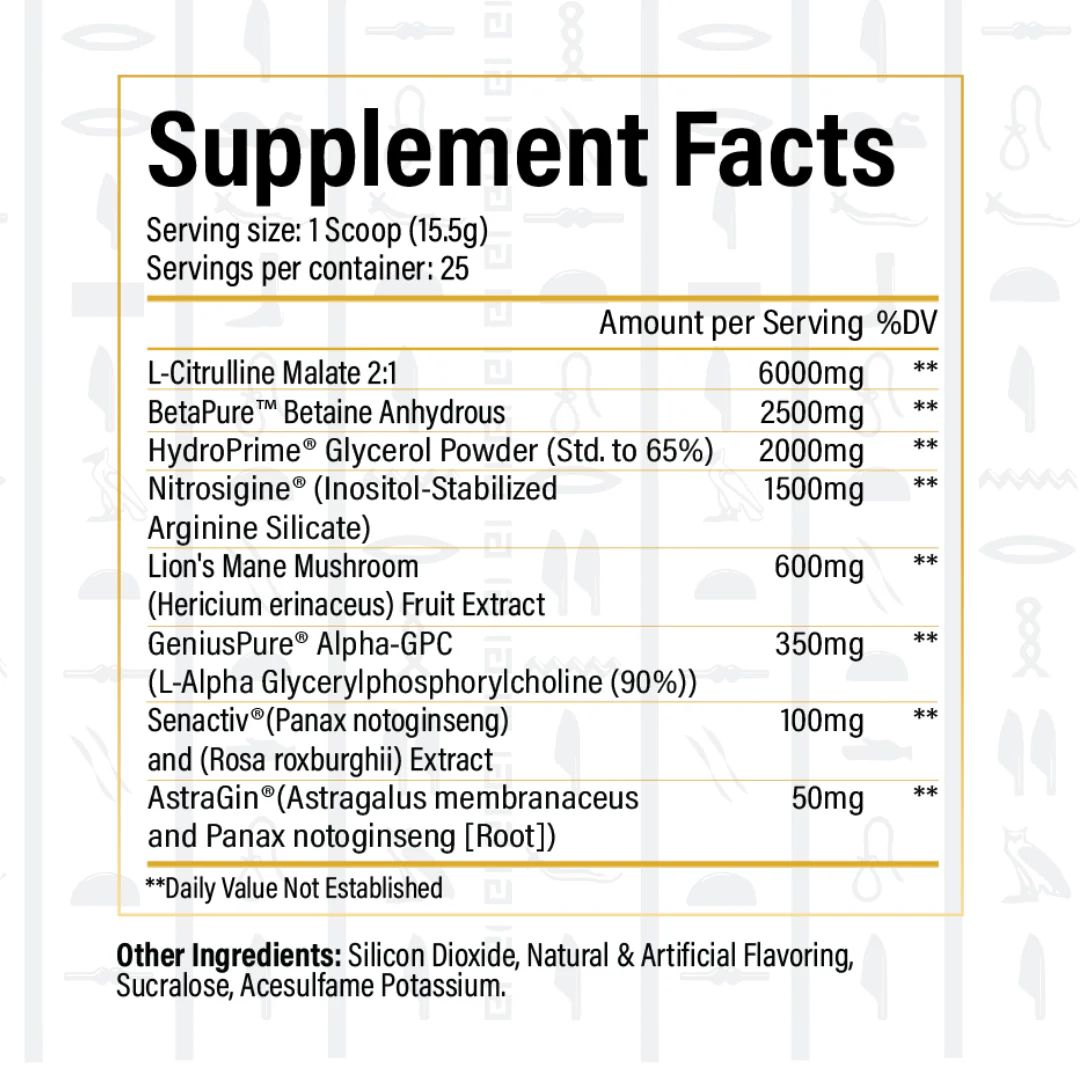
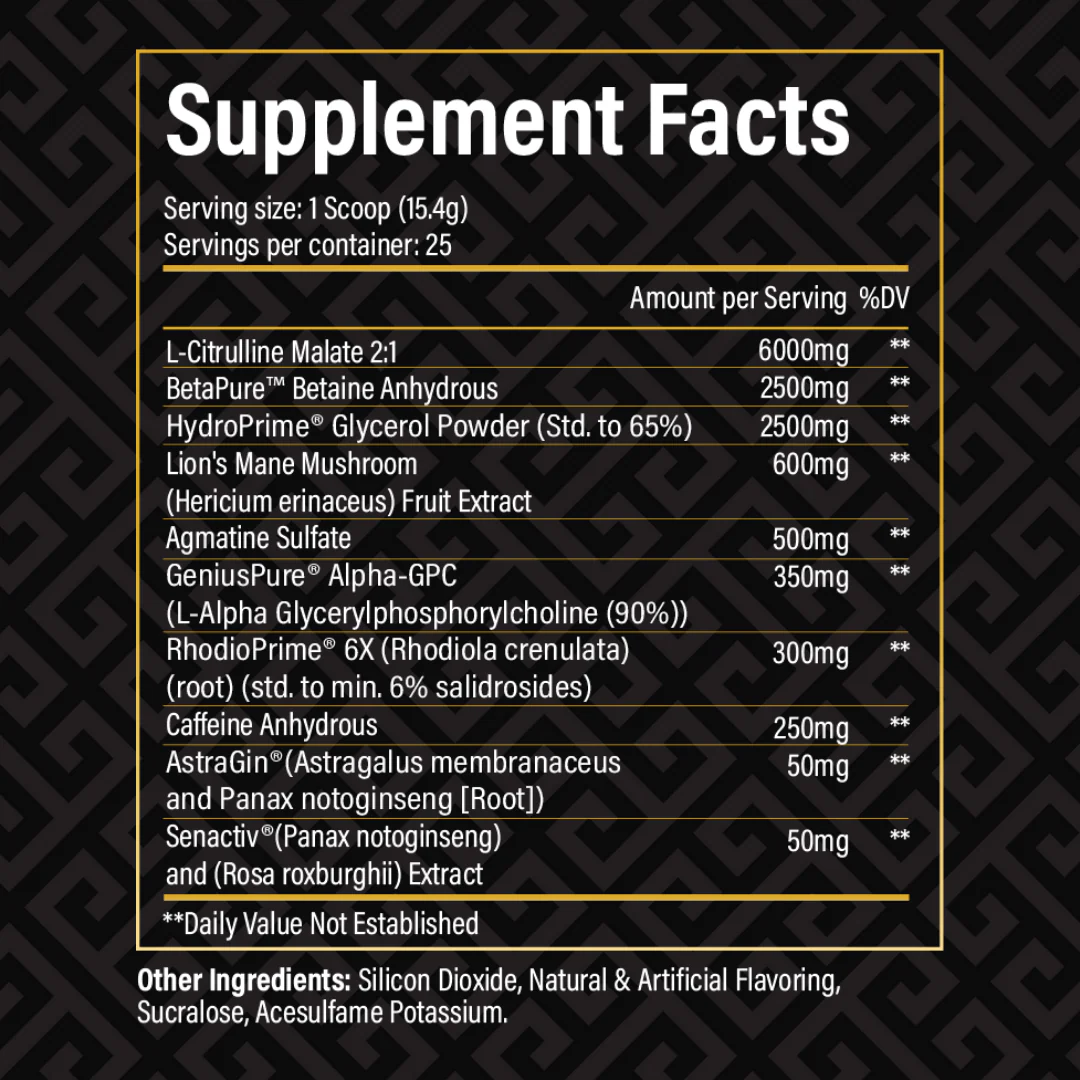
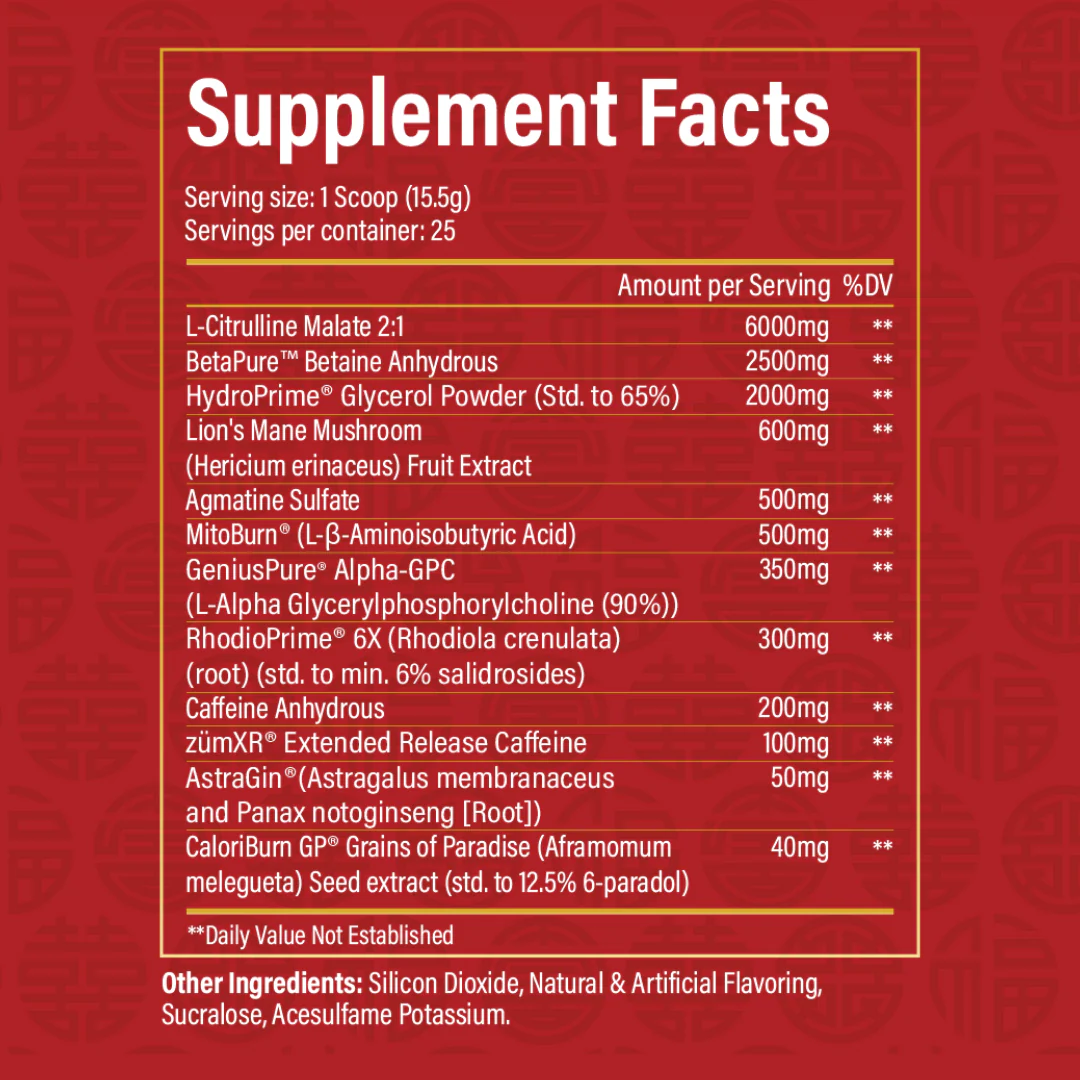
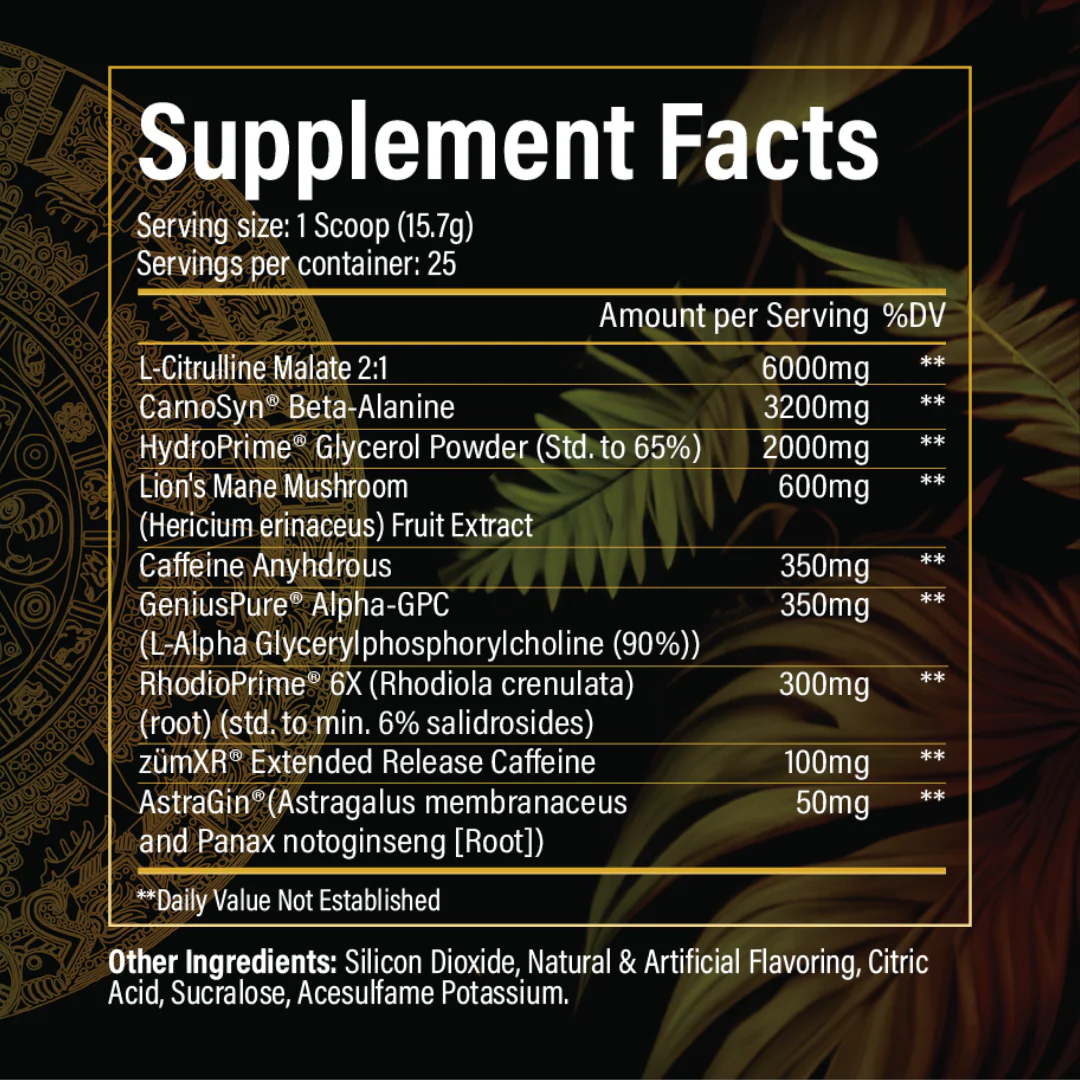
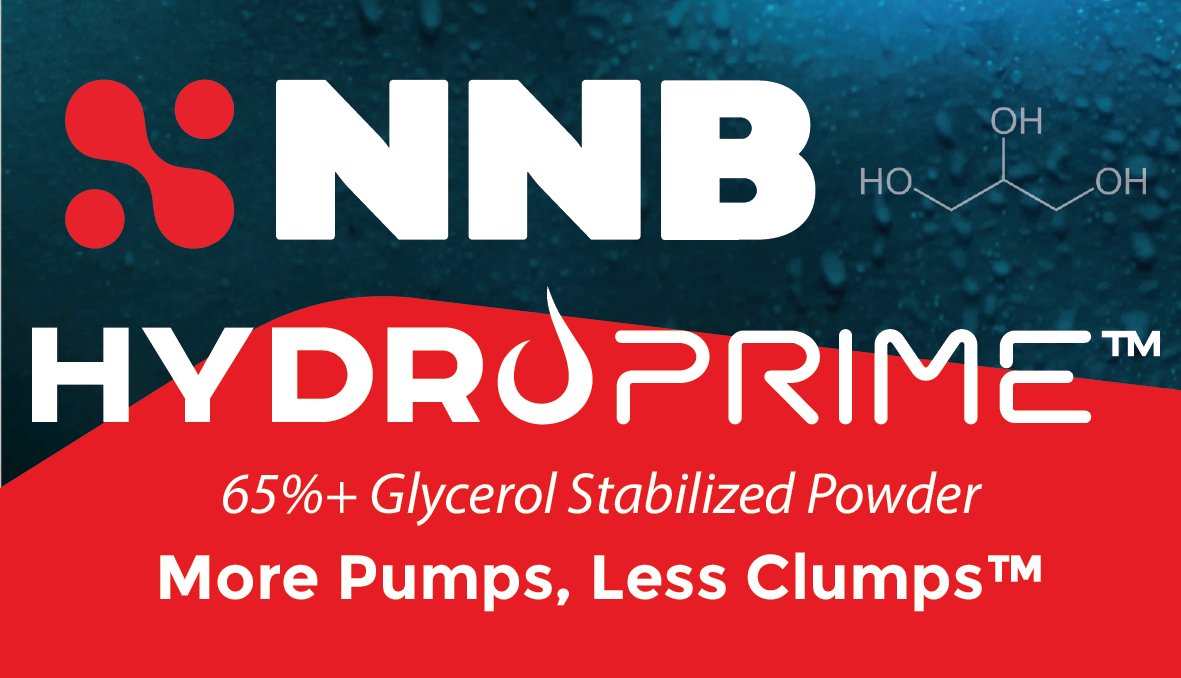
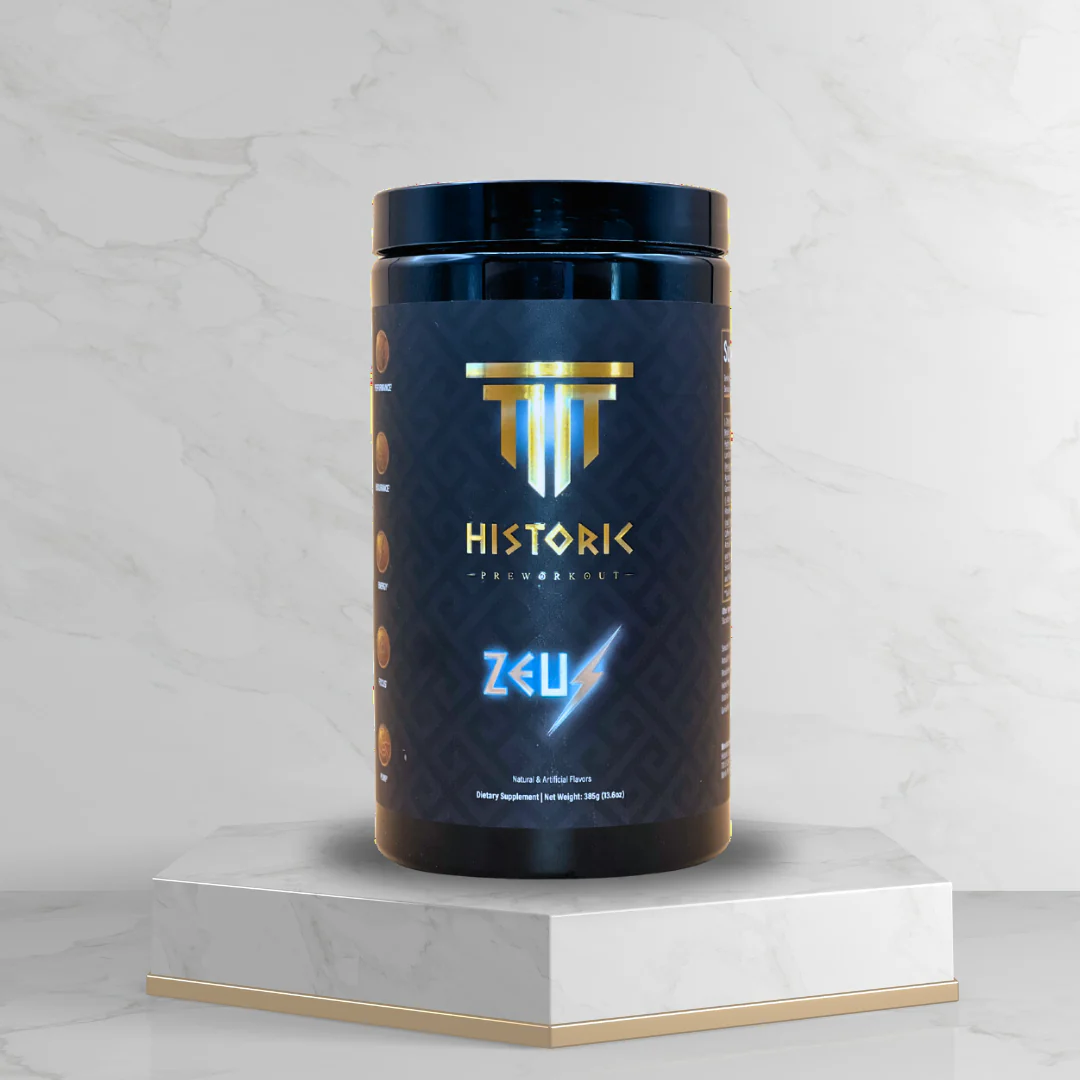
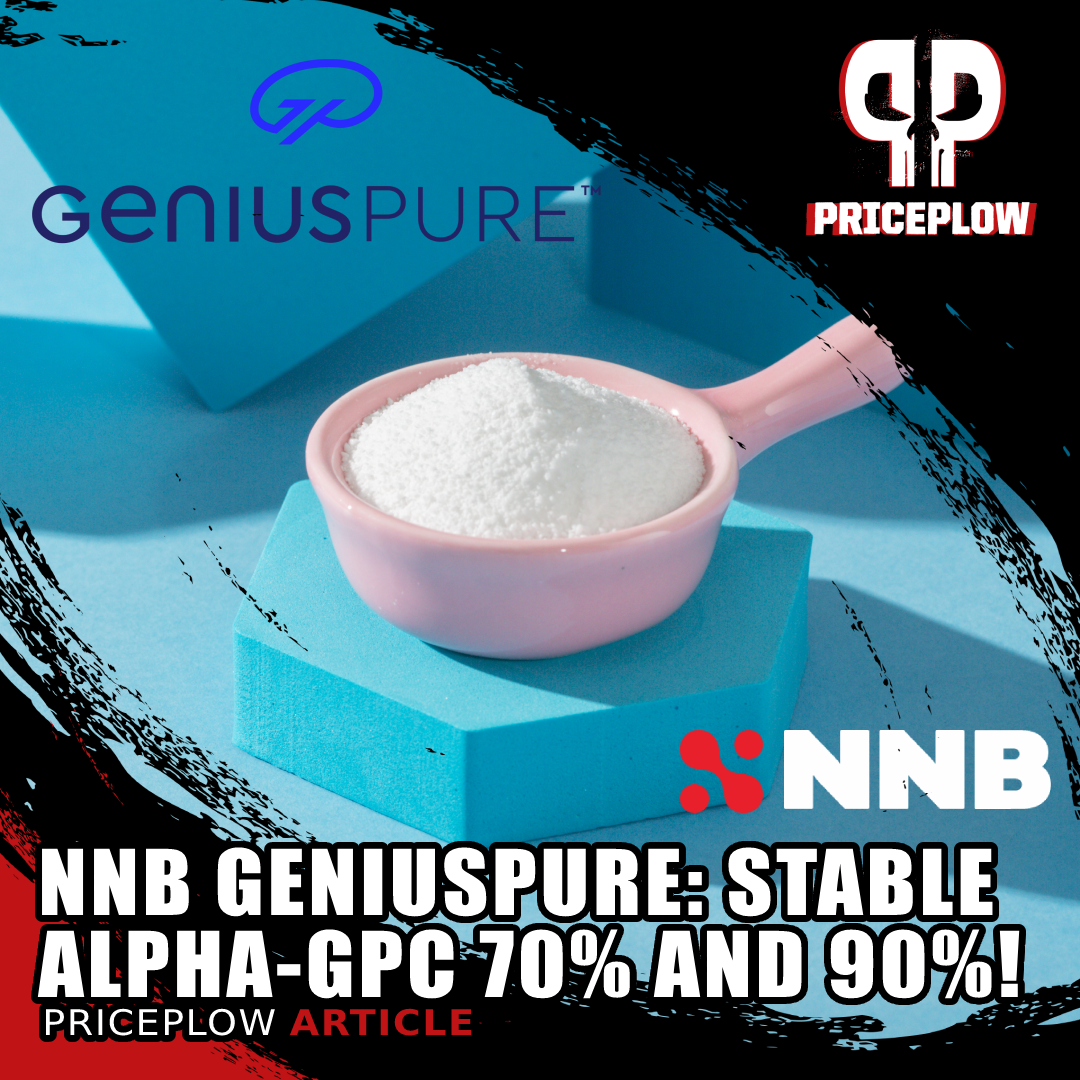
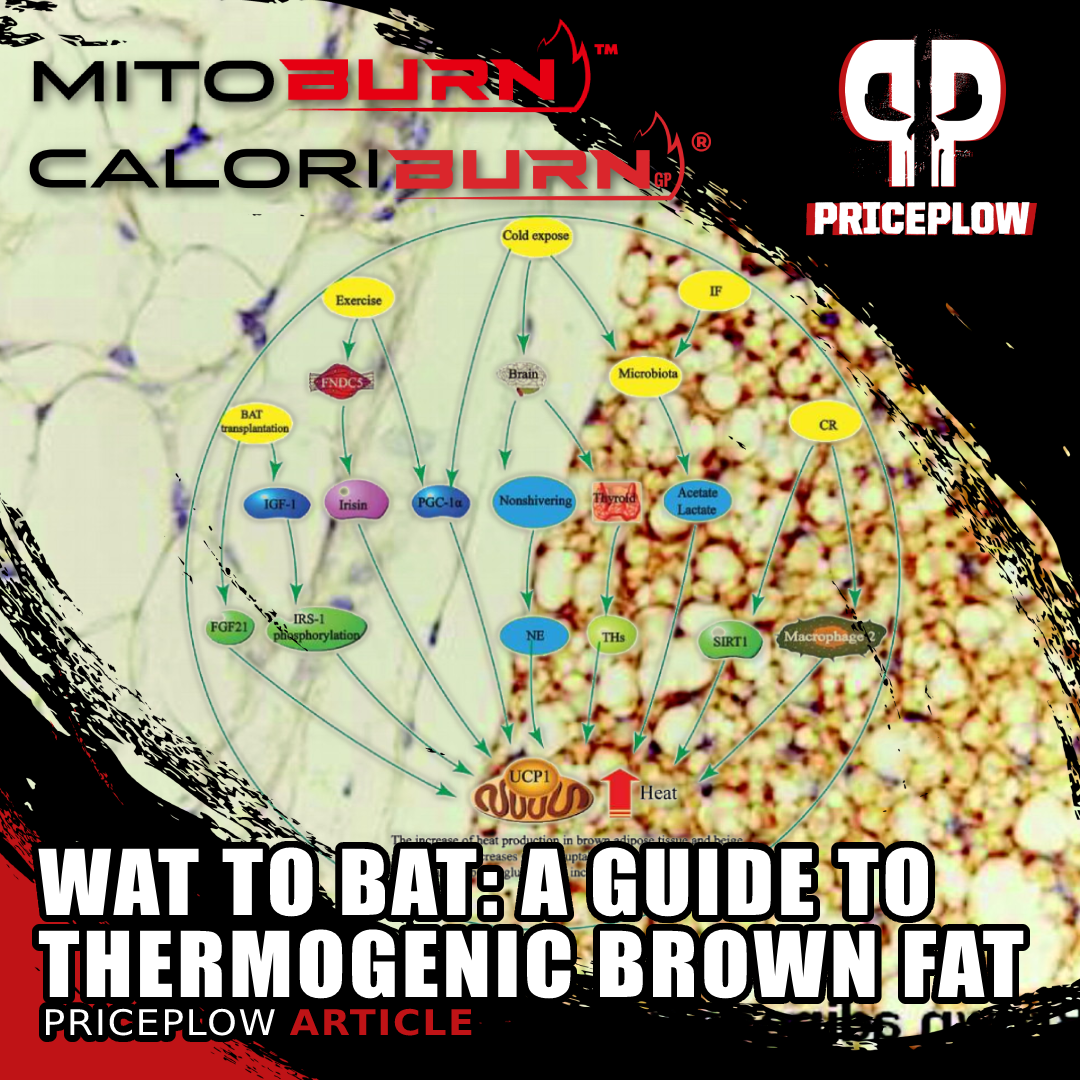
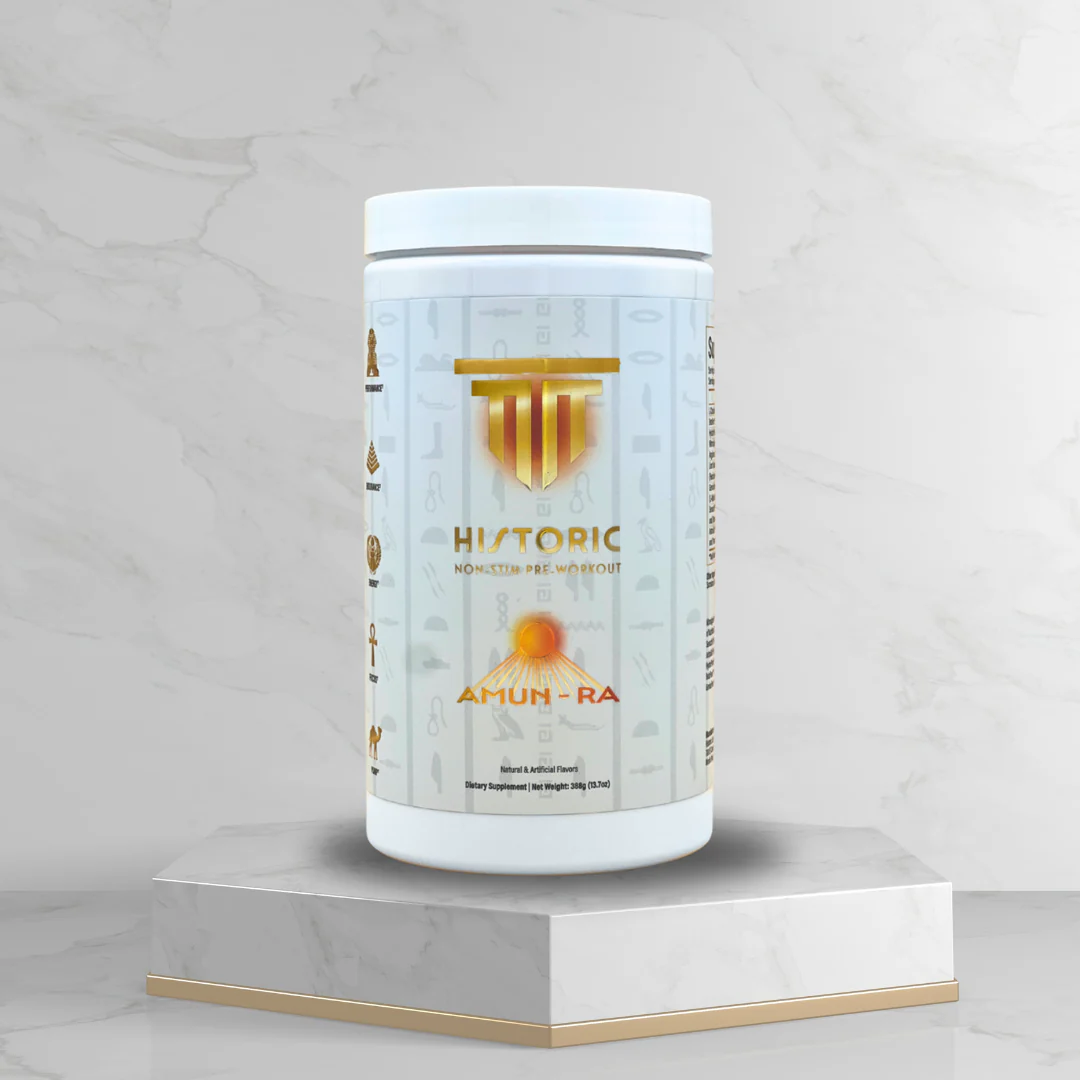

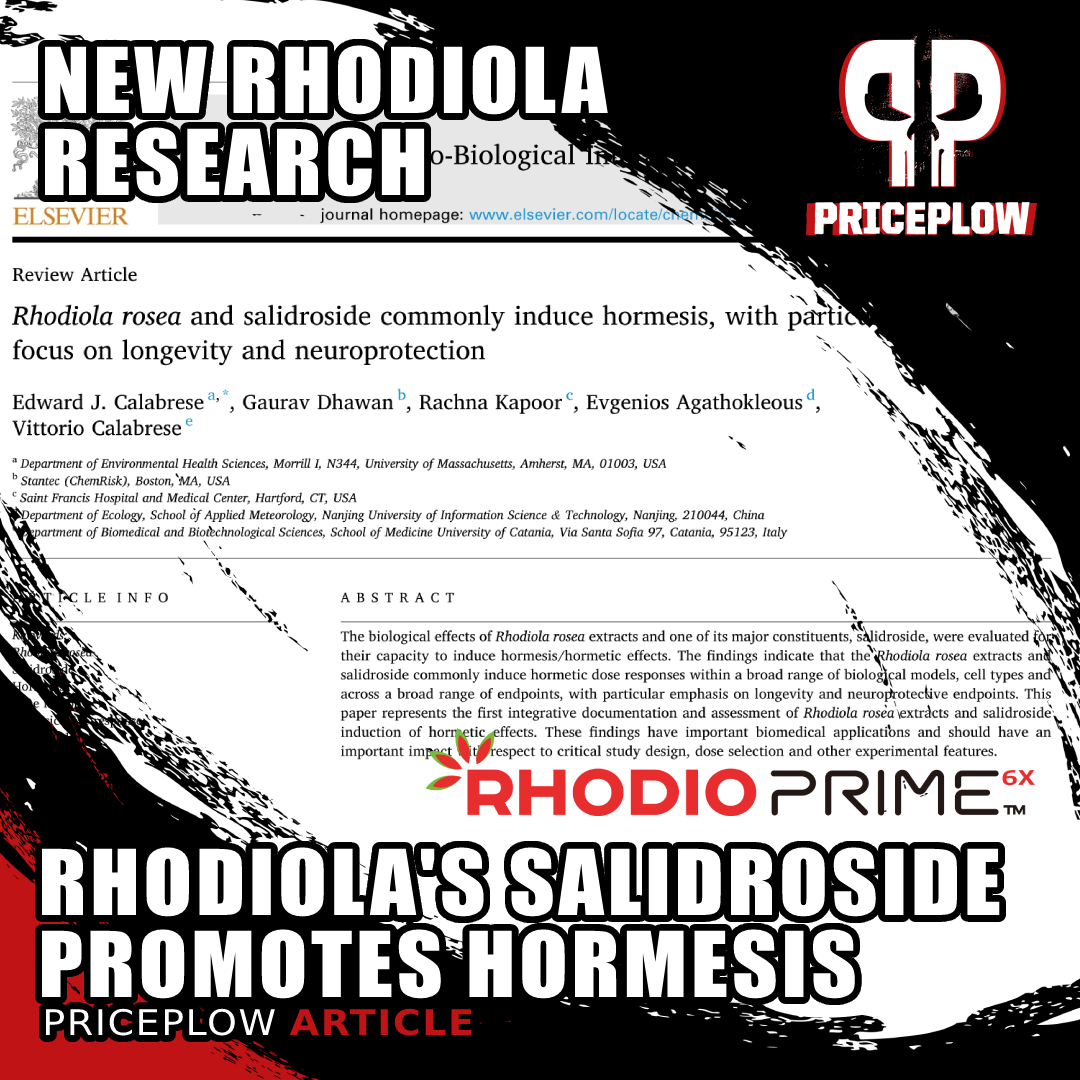
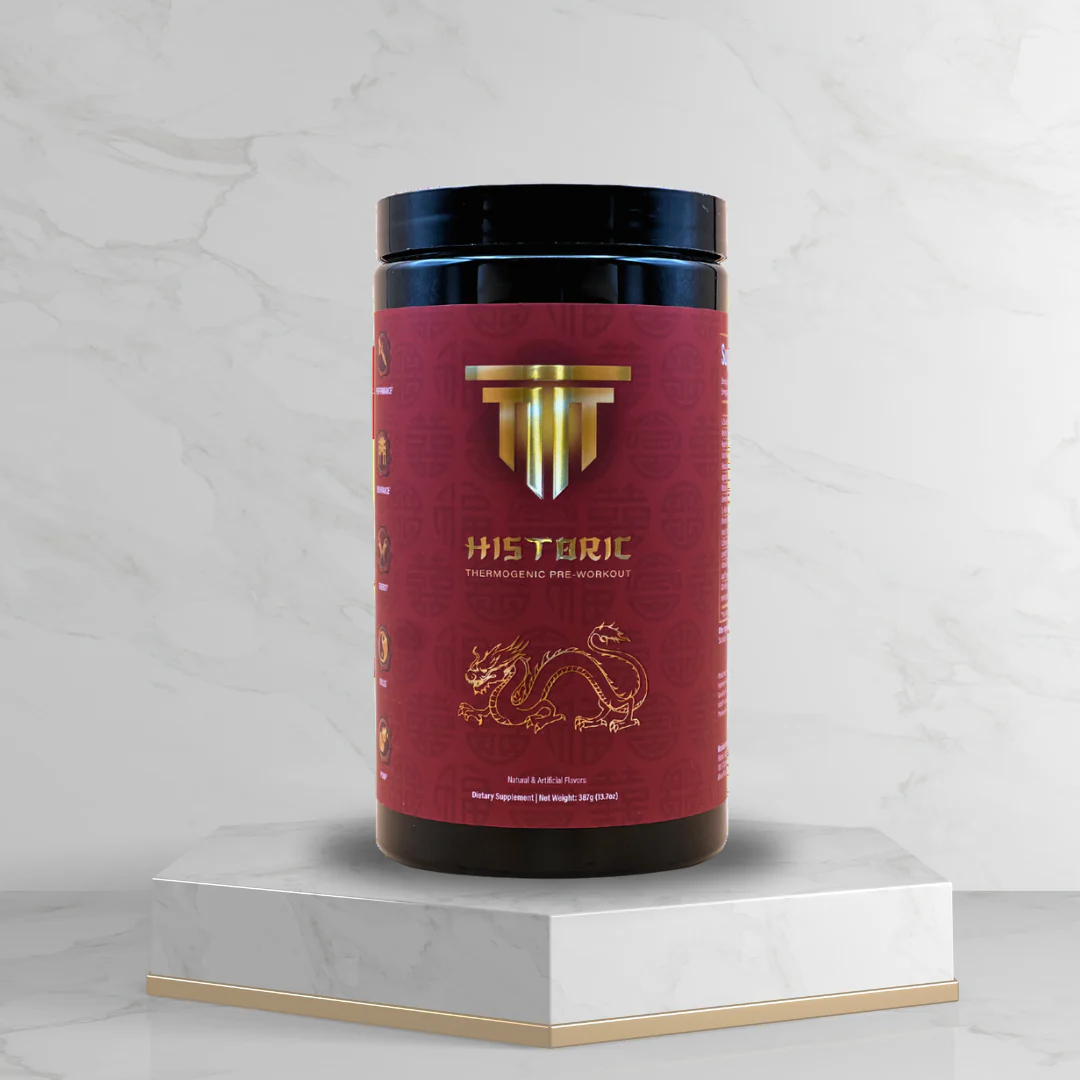



Comments and Discussion (Powered by the PricePlow Forum)